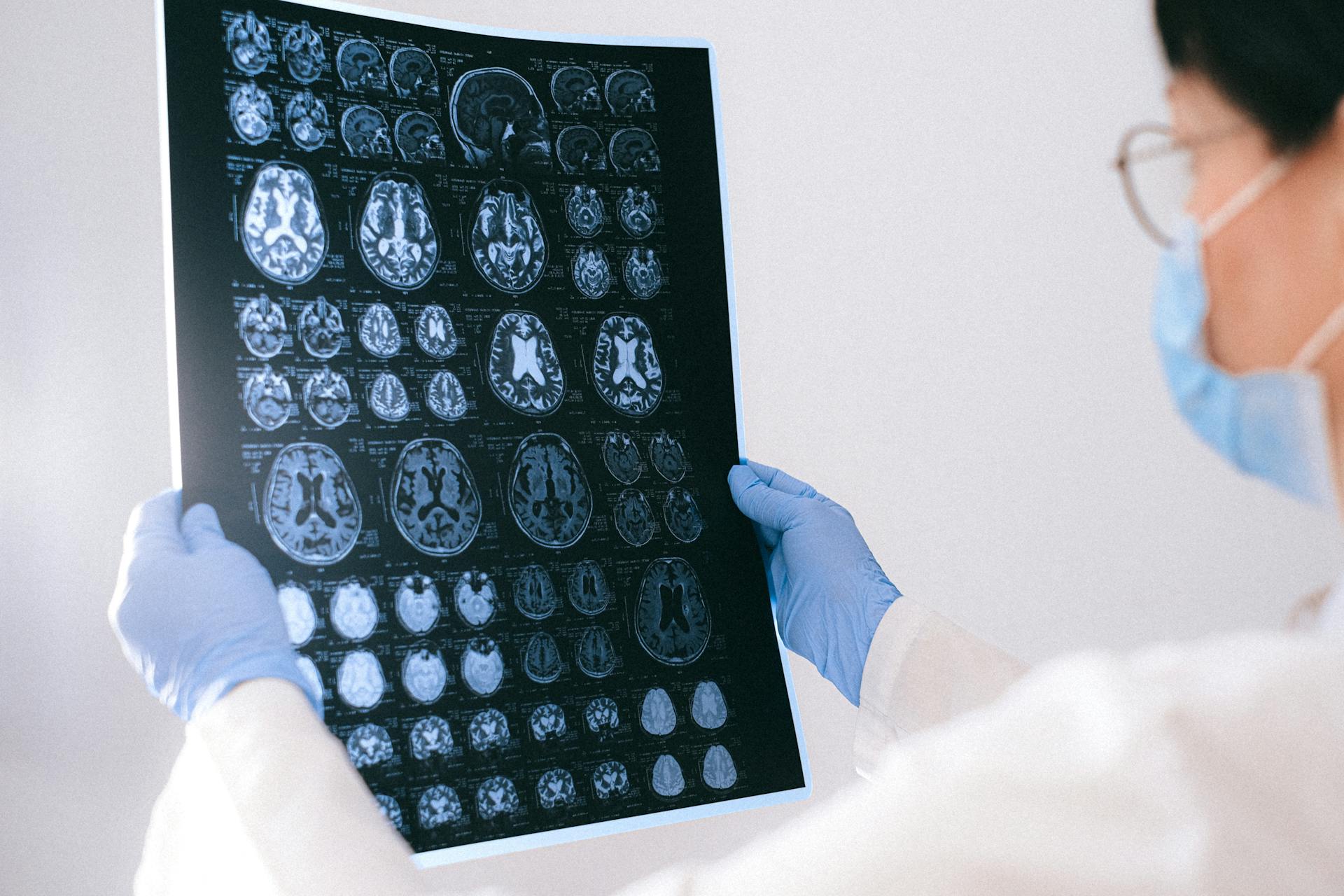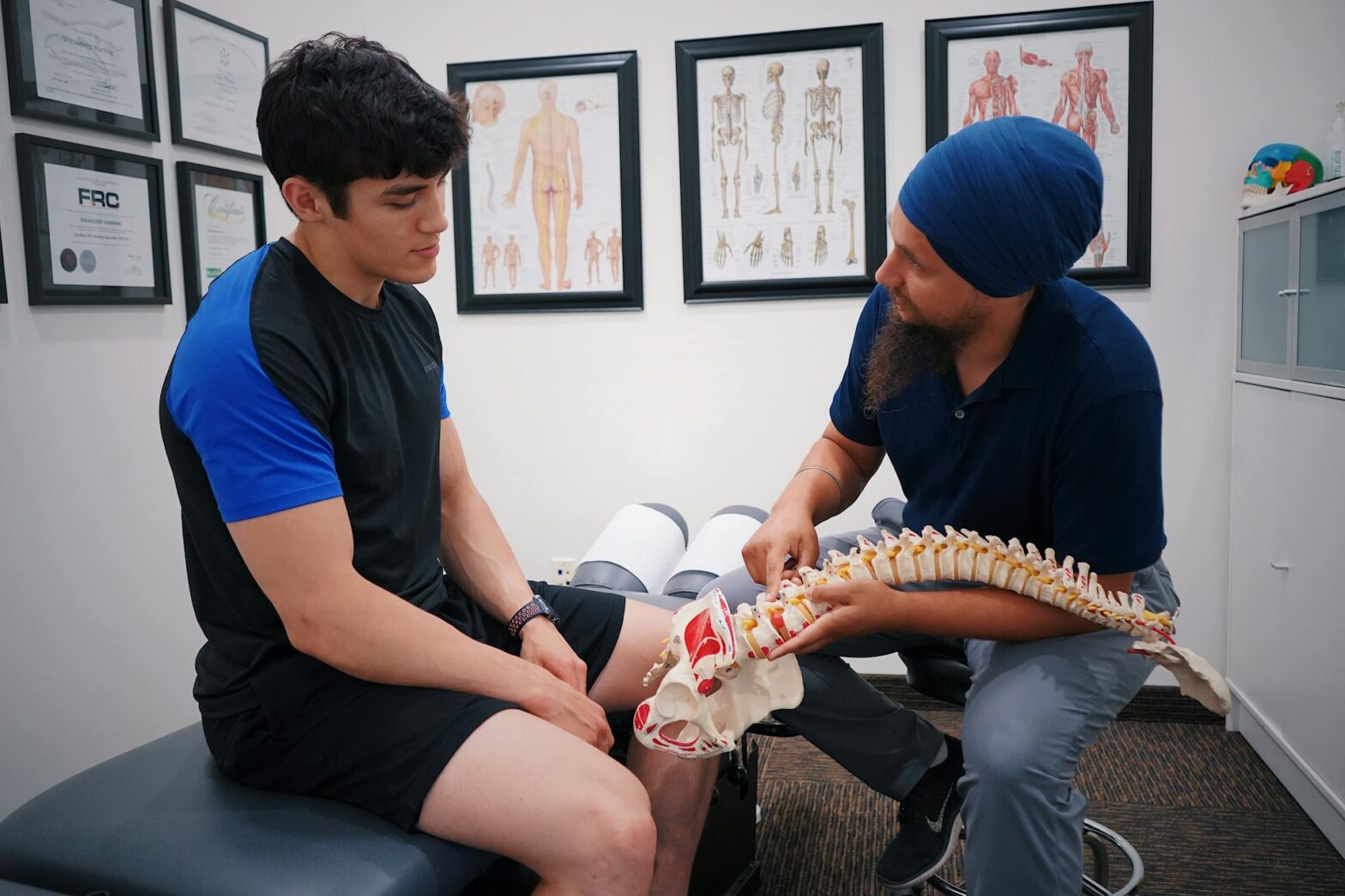Chronic pain is a pervasive medical issue. According to the American Academy of Pain Medicine, over 1.5 billion people all over the world are diagnosed with chronic pain. In the United States alone, more than 100 million individuals are said to be suffering from this debilitating condition.
Apart from causing millions of losses from lost productivity, chronic pain may also lead to depression and reduced overall quality of life. According to the US Association for the Study of Pain, chronic pain accounts for up to USD$635 billion worth of medical expenses, disability programs, and lost wages every year. Additionally, patients experiencing severe pain spend more on annual health care costs compared to those suffering from moderate pain.
There are many ways to deal with pain. But as with other conditions, it’s also important to first discuss its potential causes before learning how to manage it. Once you know the potential causes of your pain, you’ll be able to discuss better treatment options with your physician.
Pain Pathology
There are many types of pain, but in general, it’s a distressing sensation or feeling, which is one of the many ways that our body tells us that something’s wrong. It may be a reaction to an injury or illness, or a symptom of a disease.
The central nervous system, which is primarily made up of the brain and the spinal nerves, processes feelings of pain. When there’s a painful stimulus, the sensory receptors from the part of the body that received it will send messages towards the brain, which interprets the sensation and then sends messages back to the site to tell it to feel pain, which may create a fight-or-flight response as a defense. In a way, pain works like the body’s alarm system, which prompts us to pay attention to the part of our body that may need help.
Depending on the stimulus, you may feel swollen, uncomfortable, and unpleasant. There are also four main types of pain, which helps physicians narrow down potential causes:
Four Types of Pain
- Nociceptive Pain: Typically occurs after our body is harmed physically, often as a result of tissue injury. Post-surgical pain, bruises, burns, scratches, and fractures are examples of nociceptive pain.
- Inflammatory Pain: This refers to an increased sensitivity triggered by an immune response, and is often accompanied by redness, tenderness, and swelling. Conditions in this category include postoperative pain, rheumatoid arthritis, and pain from infections.
- Neuropathic Pain: Often described as a shooting or radiating pain, this type of pain is caused mainly by damage or pressure on, or irritation of the nerves, which may occur from surgery, trauma, or disease. Neuropathy, radicular pain, and phantom limb syndrome are all considered neuropathic pain.
- Functional Pain: A type of pain that has no clear and organic source. Conditions such as fibromyalgia and irritable bowel syndrome are two main examples.
These main types branch further into more specific classifications. However, in terms of duration, pain is categorized into two types: acute and chronic.
What’s The Difference Between Acute And Chronic Pain?
Acute pain is typically sharp and sudden. It also goes away as soon as the source of pain is eliminated. Acute pain commonly stems from postoperative procedures such as surgeries, fractures, dental procedures, accidental burns or cuts, and labor or childbirth. It’s mostly easily treated, commonly by just taking over-the-counter non steroidal anti-inflammatory drugs (NSAIDs). Pain that lasts for less than six months is considered acute.
Inversely, chronic pain, as the name implies, is persistent and long-lasting. Any pain that lasts for more than six months is classified as chronic pain. Unlike acute pain which tends to cease after the injury or illness has been treated, chronic pain lingers and doesn’t go away.
Potential Causes of Chronic Pain
There are cases of acute pain that, when left untreated, can turn into chronic pain because of sensitization. When your body is continuously exposed to the stimulus, it creates a heightened and sustained response.
In cases of chronic pain, pain signals linger in the central nervous system for several weeks, and in some cases, even years. When pain becomes chronic, it tends to be more challenging to treat especially because the root cause may get more complicated the longer it lasts.
Often, chronic pain is triggered by an injury that affects the nerves. Nerve problems are said to cause pain to last longer than it should, and in some cases, are more painful. When this happens, it’s particularly challenging to treat it right from its roots. In fewer cases, however, chronic pain develops even without previous injury or surgery, and researchers are still trying to find out how and why chronic pain occurs in these cases.
Chronic pain is often associated with diseases and conditions such as:
- Back pain
- Diabetes
- All forms of arthritis
- Fibromyalgia
- Interstitial cystitis
- Chronic fatigue syndrome
- Irritable bowel syndrome (IBS)
- Cancer
- Endometriosis
- Multiple sclerosis
- Stomach ulcers
- Human Immunodeficiency Virus- Acquired Immunodeficiency Syndrome (HIV/AIDS)
- Gallbladder disease
Chronic Pain Symptoms
Experiencing chronic pain isn’t too different from any other pain. Discomfort appears in the part of the body affected and is often localized. For instance, fibromyalgia causes widespread musculoskeletal pain, while IBS causes chronic pain and inflammation in the digestive area.
Chronic pain also puts undue stress on the body, which may result in other physical conditions including:
- Sleep problems
- Fatigue
- Weight loss
- Tense muscles
- Immobility
- Lethargy
- Loss of function on the affected part
Because of its potentially debilitating effects, chronic pain sufferers may also develop mental health issues which include depression, anxiety, irritability, mood swings, and fear.
Most Common Types of Chronic Pain
Some of the most common types of chronic pain include:
- Headache
- Postsurgical pain
- Back pain
- Cancer pain
- Arthritis pain
- Nerve pain
Chronic Pain Risk Factors
The most common factors that may increase your risk of experiencing chronic pain:
- History of traumatic injuries
- Poor posture
- Erratic sleeping positions
- Heavy lifting
- Excessive weight gain or obesity
- Aging
- History of surgery
- Poor nutrition
- Sleep Deprivation
- Alcohol use
- Genetic predisposition
Chronic Pain Syndrome
About a quarter of chronic pain patients will develop a condition called chronic pain syndrome (CPS). In most cases, this occurs alongside fibromyalgia, where an individual may also acquire other symptoms, typically anxiety and depression, which may further reduce their quality of life.
Treatment Options for Chronic Pain
There are many ways to manage chronic pain ranging from surgical to non-medical and natural methods, which may also be combined for better results:
- Epidural injections
- Electrical stimulation
- Nerve block
- Physical therapy
- Surgery
- Improving sleep quality
- Cognitive Behavioral Therapy
- Healthy diet
- Acupuncture
- Yoga
Final Thoughts
Chronic pain may be challenging to get rid of, and there isn’t one cure for it. However, it can be managed through doctor-prescribed treatment plans that combine medical and non-medical methods, and even natural treatment. Lifestyle changes, self-care, and relaxation techniques may also contribute to better pain management.

















